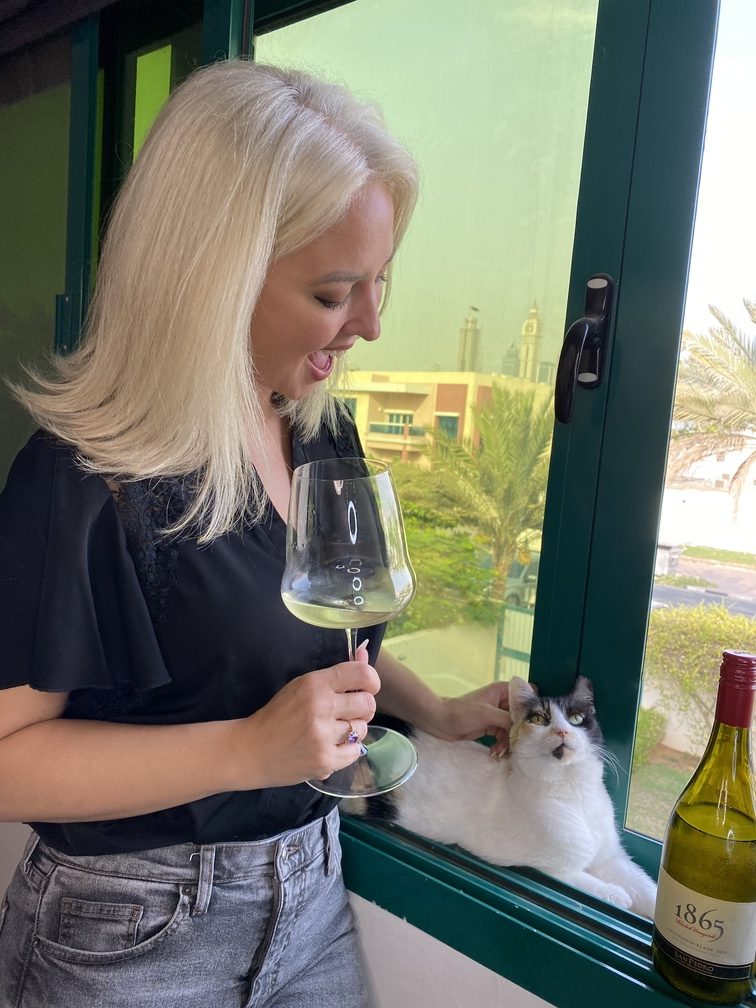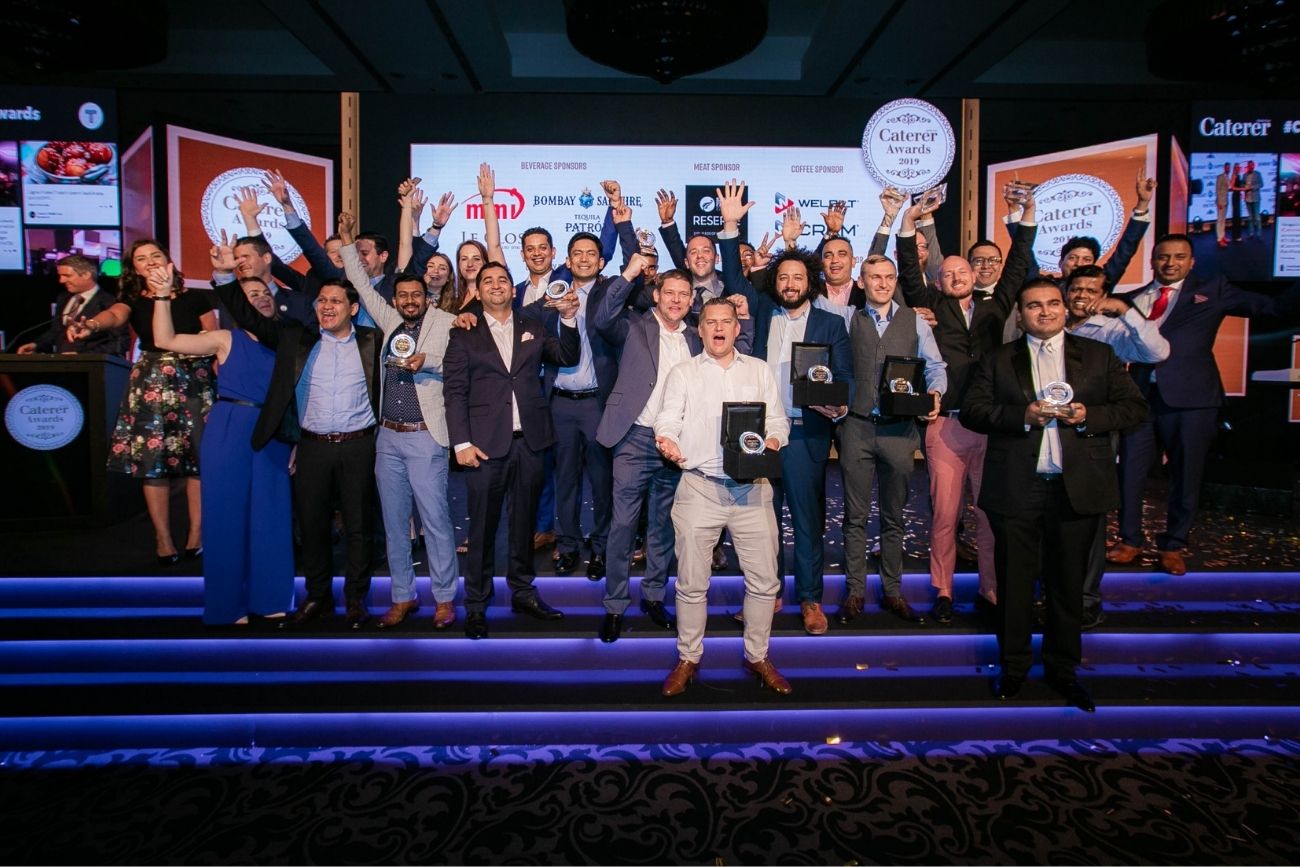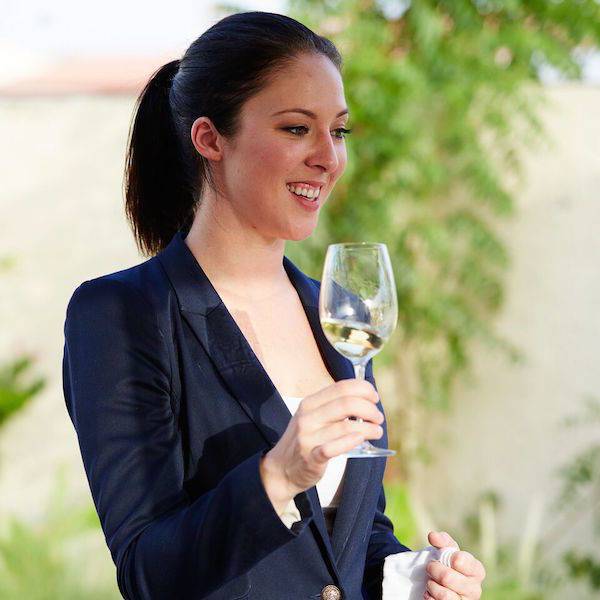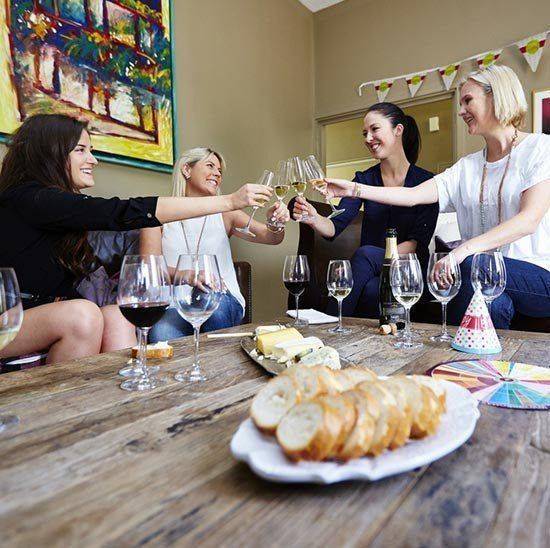Drinks World Magazine: Taste of Japan
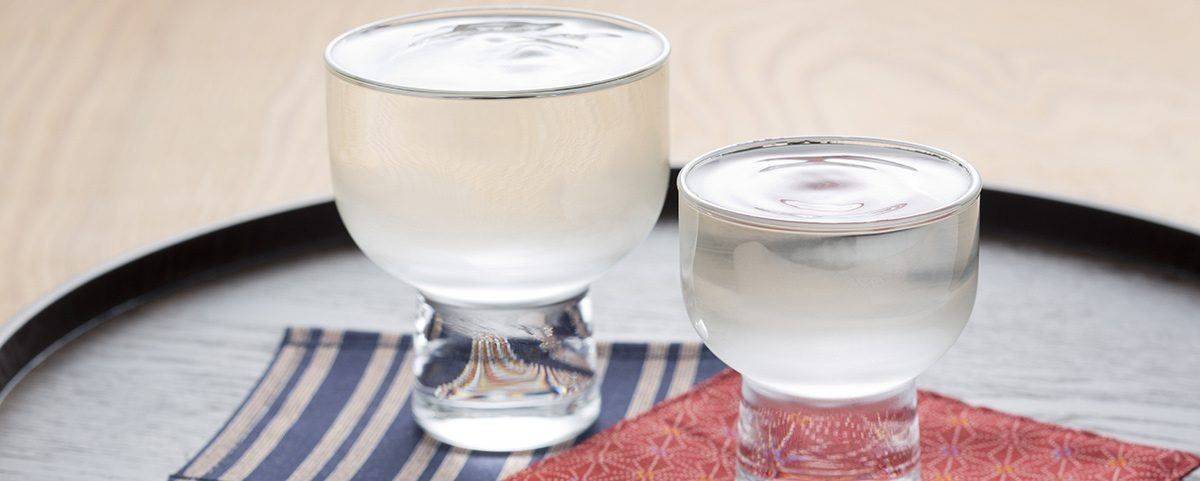
Sake is not just for pairing with sushi and karaoke room love ballades anymore. A global renewed interest in this rice based libation has kicked-off with The United States, The United Kingdom and France leading the way. African+Eastern has adjusted their focus to ensure that Dubai is at the cutting edge of this trend, and have brought it to the on-trade in the first event of its kind in The Middle East, Taste of Japan.
Chris Olivier, Beverage Manager of Grosvenor House, is behind some of the top sake sales outlets in Dubai, Buddha Bar, Zengo and Siddharta Lounge. He believes that this event serves great purpose in the region. “Sake worldwide has had exponential growth in the last few years, led by a focus on the quality and diversity of the styles. It has almost become a hipster fad to be a person who drinks sake now. In Dubai, at the moment, were on the cusp of that view point.”
With that, Taste of Japan’s timing could not have been better. It took place August 17th to August 18th and shed light on not only the Japanese sake range available, but also on how well it can work in cocktails, and its versatility to pairing with food beyond Japanese cuisine.
The Taste of Japan consisted of four activities over two days. The first was an Asian mixology masterclass led by World Class 2014 winner, and beverage manager at BOCA, Jan Liska, alongside Tim Greening, formally of Grosvenor House. Thirty-eight influencers from the beverage trade watched Jan and Tim demonstrate how traditional Japanese beverages, Sake, Umeshu and Shochu, work as great bases for elegant cocktails. Jan had this to say, “I found it very easy, and actually enjoyable using these ingredients. They are not very high in alcohol so you can make feminine style cocktails and aperitif style cocktails very easily.”
Jan and Tim focused their efforts on six cocktails which were passed around for everyone to sample. Of the products they were working with Jan’s preference was for the sake “Because it’s quite unique in the flavour profile. It’s very delicate so you don’t need much to enhance the natural flavours” Flavours that work really well are stone and citrus fruit flavours, and a touch of savouriness (umami). He also said that you can work with ingredients that range “from sweet, to sweet and sour, to savoury; anything from the bar or kitchen. We fashioned one drink with raw salmon once”. At this mixology event he played to Godo Umeshu’s plummy qualities with Kappa pisco, apricot brandy and sour citrus juices; and to compliment Black Warrior Barley Shochu’s floral characters he accented with lemongrass and ginger.
Admittedly, offering sake and sake based cocktails in non-Asian restaurants is not yet wide-spread in The Middle East when compared to international beverage trends; however the trend is spreading fast, and more and more customers travelling around the world and coming to UAE, are expecting to have a nice choice of sake and Asian cocktails in the restaurants of Dubai and Abu Dhabi.
Despite some apprehension to integrate the sake cocktails with certain bar and restaurant concepts, some outlets have fully committed to doing sake and doing it well. For example, sister hotels, The Grosvenor House and Le Royal Méridien Beach Resort have not only embraced the sake trend, but each property has a WSET certified sake specialist, a junior sake sommelier development program, has revamped sake menus for customer ease of use, has arrange on regular basis for Japanese sake brewers to meet their team, and they even have a bartender who hosts an Instagram dedicated to sharing picture of the sake he drinks, @sakeguy87.
Indeed, integrating Asian cocktails is a great place to start introducing this, sometimes misinterpreted brew to both staff and customers. But so much more can be said for these products and Taste of Japan still had three more events designed to raise awareness.
Taste of Japan’s second event was a five-course dinner held at La Serre Bistro & Boulangerie in The Vida Hotel Downtown. Twelve of Dubai’s leading beverage professionals were presented traditional French cuisine with each course paired to a different sake. This provided not only an opportunity for sommeliers to experience firsthand how this drop works with international cuisine, but as it was the first event of its kind in the UAE, it opened a conversation about how to approach pairing sake beyond its niche affiliation with only Japanese cuisine.
The dinner started with a welcome drink of Gekkeikan Sparkling Sake from Kyoto Prefecture. The first course was Soul of the Sensei Junmai Daiginjo from Shizuoka Prefecture paired with marinated and grilled sea bream. Next, Origin of Purity Junmai Ginjo Genshu from Shimane Prefecture was paired with pan roasted monkfish, then 50-hour cooked beef cheek was paired with Kiku Masamune Taru ( cedar aged) Sake from Hyogo Prefecture. The culmination was Kirin Jijoshu Genshu Vintage aged sake and chocolate & caramel tart with espresso ice cream.
In an interview Sandy El Hayek, General Manager of La Serre and sommelier, she provided additional insights to how the event was conceived by the team at La Serre, and how it was perceived by the guests in attendance.
In the lead up to the dinner event Viktoryia Toma, Sake Specialist at African+Eastern, did an introductory tasting with Sandy and Executive Chef Izu Ani; then the culinary team was given a number of sakes to taste and draw inspiration from to create the dishes. “In our kitchen our focus is all about the origin of the ingredients; simplicity and the purest flavours. I felt we had a lot of potential to work on it, and we had a lot of ingredients.” “I remember when [the chefs] started they over added some spices, or went a little bit too sweet. We had to go back and rethink it again. It was really fun, and it was a very exciting experience for us. We were really happy to be one of the first restaurants to experiment with this.”
When questioned why a French bistro would take on an experimental event that promotes a non-French beverage, Sandy had this to say, “I still believe that it’s our job to be curious and to introduce new things to our palates; to be open minded and welcome new knowledge. And I think that when this was first introduced, especially when it was introduced by a very talented person like Viktoryia, I wanted to try it on.” “The chefs, the sommeliers and I looked at this challenge as a privilege for us to play around with, to try it and introduce it.”
Sandy, admitted that this was one of her first professional experiences with sake, and one she was glad to have. “When I had my first tasting I was very inspired by how simple, clear and pure it is”.
“I think the industry experts were excited to see how we managed to pair it” was Sandy’s response when asked how she felt about presenting this new idea to the region’s most discerning palettes. “I got some good feedback on some of the dishes and some criticism on others. The whole purpose of the event is to play around with the matching and be judged.” “It kicked off some very encouraging discussions during the night; to start to discuss how it could be better and how it could have been done; a little bit less acidity, a little more spiciness, etc.” “It’s an amazing feeling to sit around a table with a lot of people from the industry.” “That’s what we do: we try, we judge, we criticize each other, and we develop some new ideas for matching. It was a great, great night.”
The decision was unanimous, the pairing of the night was the seared langoustine consommé with spring onion and butter matched with the Moon on the Water Junmai Ginjo by Imada Shuzo of Hiroshima Prefecture. “This Sake was definitely my favorite of all of them. It was super elegant, very gentle; it was easy but complex and had a nice dry finish. It was excellent with the consommé which was tasteful but still mild; and then you had the sweetness from the langoustine that went very well with the light sake. The premium quality proved that the sake had some structure to compliment the entire dish; with some spiciness at the end.”
In reflection on the event, Sandy had this to say about sake and French food pairing, “Unlike other drinks, it’s really gentle but it still has very nice acidity. It’s something that invites you to play around, but at the same time it’s obviously very challenging because you have to be careful not to overpower the elegance. I think that being a French Mediterranean restaurant we do have a lot of similarities, and lots of ingredients in our kitchen that can be matched with it. It’s a part of our job to explore new cultures; as much as we always dig deeper into wines, sake deserves a chance in all cuisines to be tried.”
A formal Sake Masterclass was led by African + Eastern’s sake specialist Viktoryia Toma at PATH Bar School.
Thirty-seven beverage professionals attended, all hungry to expand their specializations and increase their relevance to The Middle East’s growing sake culture.
This classroom style event was geared to clearing the air: How exactly is sake made? How do you know if you should serve it warm or cold? What’s the difference between an entry level one and top of the line one? What are the rules for pairing it with food, and what is happening internationally with this beverage?
Common confusions were tackled first. Sake is neither a wine or a vodka, and it production process actually has more in common with beer. Sake is a beverage category all of its own, made from rice, sake yeast, koji fungus and water.
Viktoryia went into detail about the sake production method, outlining how each process contributes to the final product. For those hungry for more, African+Eastern’s PATH Bar School is one of the few institutions globally accredited to deliver WSET Level 3 Sake Certification.
Next up were tips on writing a professional standard sake menu, and a lesson on how to serve it and pair it to food. Like wine, the most delicate and freshest sakes and best served cold, and pair beautifully with lighter cuisine like fish, seafood, salad and sushi. The fuller, more robust sakes are best served warm and pair with strongly flavored dishes like roasted and grilled meat and fish.
That said, one aspect of sake and food pairing that is worlds apart from drawing parallels to wine is how sake’s quality grade can be applied to the pairing. The highest quality sakes, like Daiginjo are floral and have a medium to light body, thus they pair best with lighter fare. Junmai and Honjozo have full and earthy flavours that make them ideal for pairing with intensely flavored dishes.
After a thoroughly informative session the attendees were ready to trial their new knowledge; and with that they were welcomed to the final event of Taste of Japan, the comparative sake tasting.
The grand finale of Taste of Japan was a comparative tasting of fifty different sakes. PATH Bar School was decked out with sake barrels hanging from the ceiling, and six different tasting stations. Ninety-five, sommeliers, bartenders, and beverage managers explored the stations, and familiarized themselves with 25 brands from over 30 prefectures. Products on offer included aromatic, elegant Daiginjo and Ginjo sakes, flavorful Junmai and Honjozo sakes, numerous sake specialties and a selection of Umeshus (Japanese Plum Liquor).
An Asian product tasting this big was a first for The UAE. African+Eastern have been intensely focused on this section of their portfolio for the past two years to stay in line with international beverage trends, and Taste of Japan was an opportunity to truly compare styles, prefectures, grades and allow the trade to enjoy an open discussion on the beverages.
Perhaps Chris Olivier from Grosvenor House said it best when he concluded that “It’s a stigma we need to break and get people to understand that sake is not that difficult. It takes a little bit of effort at the beginning, but once you get the basic building blocks in place then it’s actually fairly easy. Knowledge is a wonderful thing. We don’t know much about sake so we don’t talk about it; but now that we have this knowledge we’ll talk about it more, and educate people, and show them what sake all about.”
First published on drinks.world.



